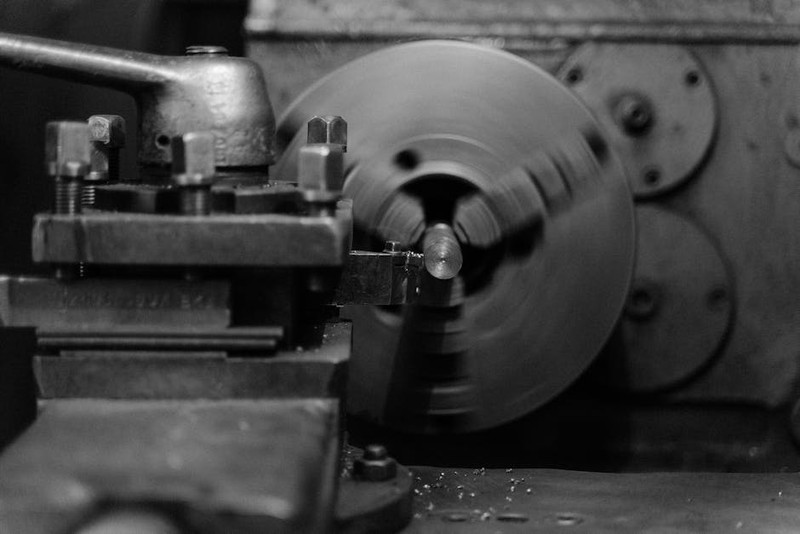The Hidden Complexity of CNC Turning Drawings
CNC turning drawings with dimensions are the blueprint for precision machining, but their simplicity is deceptive. A single misplaced tolerance or ambiguous callout can lead to costly rework, delays, or even part failure. In my 15 years of CNC machining, I’ve seen projects derailed by avoidable errors—often stemming from poor dimensioning practices.
Why Standard Drawings Fall Short
- Over-dimensioning: Redundant or conflicting measurements confuse operators and increase inspection time.
- Under-dimensioning: Missing critical tolerances forces machinists to make assumptions, risking part integrity.
- Poor GD&T (Geometric Dimensioning & Tolerancing): Misapplied symbols lead to inconsistent interpretations.
Case in Point: A client once submitted a drawing with 12 critical dimensions—yet three were contradictory. The result? A 20% scrap rate and a two-week delay. After revising the drawing to prioritize functional dimensioning (focusing only on critical features), scrap rates dropped to 2%.
Expert Strategies for Flawless Dimensioning
1. Prioritize Functional Dimensions
Not all dimensions are equal. Identify the 3-5 most critical features (e.g., mating surfaces, press-fit diameters) and dimension those explicitly. Use general tolerances for non-critical features to reduce clutter.
Pro Tip:
“In aerospace components, I prioritize bore concentricity and surface finish over peripheral features. This cuts drawing review time by 40%.”
2. Leverage GD&T Correctly
GD&T is powerful but often misused. For example:
| Common Mistake | Expert Fix | Impact |
|---|---|---|
| Overusing Position Tolerances | Use only for critical alignment features | Reduces inspection time by 25% |
| Ignoring Datum References | Define clear A-B-C datums | Improves repeatability by 15% |
Real-World Example: A medical device manufacturer reduced rejected parts by 35% after switching from +/- tolerances to GD&T for cylindrical features.
3. Optimize for CNC Workflow
- Use Ordinate Dimensioning: Ideal for CNC turning, as it aligns with machine coordinate systems.
- Avoid Chain Dimensioning: Accumulated tolerances can stack up—use baseline dimensions instead.

Case Study: From Chaos to Precision
Project: High-volume hydraulic valve components (10,000 units/month)
Challenge: Drawing ambiguities caused a 12% rejection rate and frequent machine stoppages.
Solution:
1. Redlined the drawing to eliminate redundant dimensions.
2. Switched to GD&T for critical sealing surfaces.
3. Added a tolerance block for non-critical features.
Results:
– Scrap rate reduced from 12% to 1.5%
– Machine setup time cut by 30%
– Annual savings: $250,000
Key Takeaways for Your Next Project
🔍 Focus on critical dimensions only—less is more.
⚙️ Master GD&T to communicate intent clearly.
💡 Collaborate with machinists early to catch ambiguities before production.
Final Thought: A well-dimensioned CNC turning drawing isn’t just a technical document—it’s a communication tool that bridges design and manufacturing. Invest time in getting it right, and the ROI will speak for itself.

